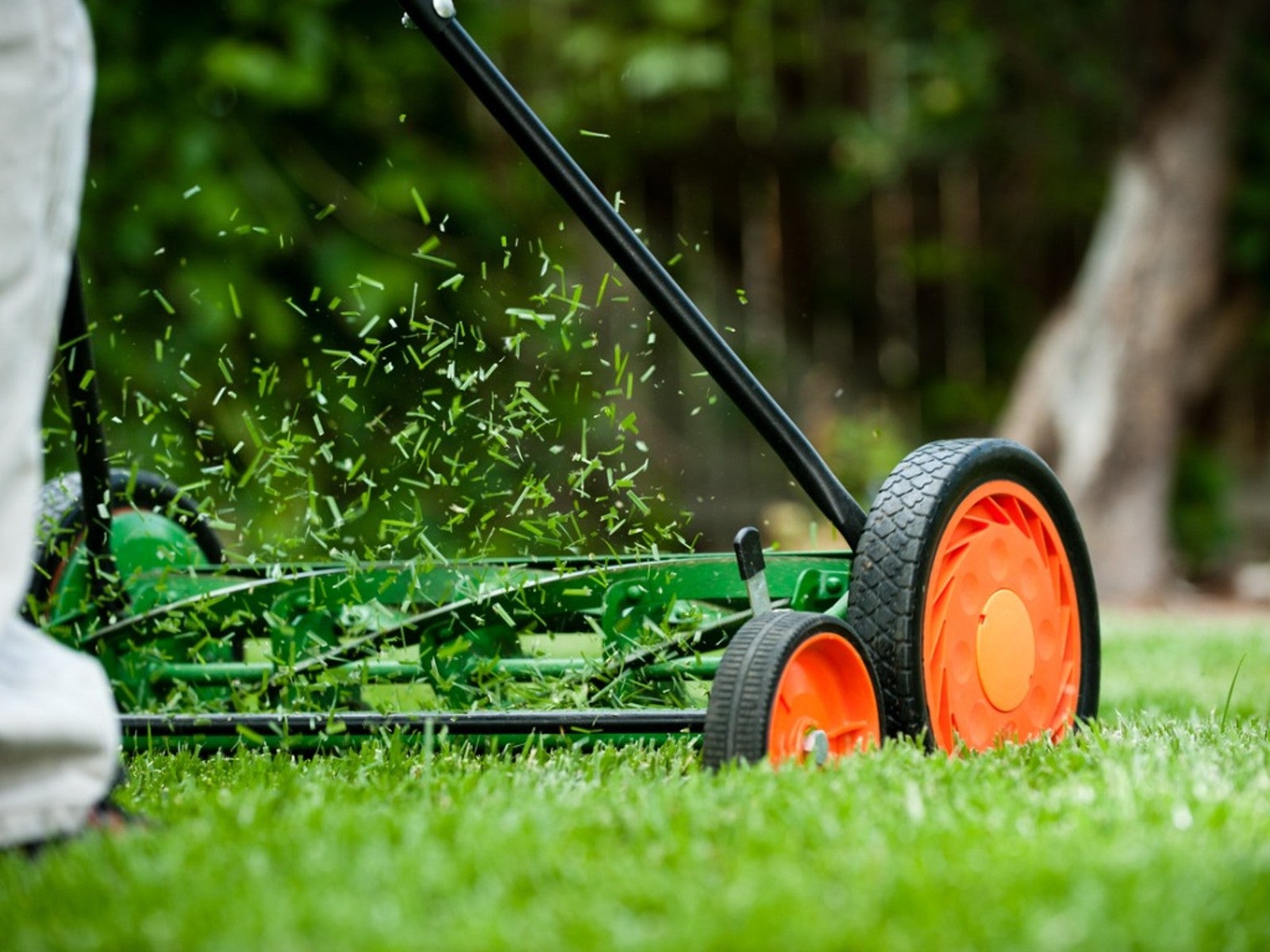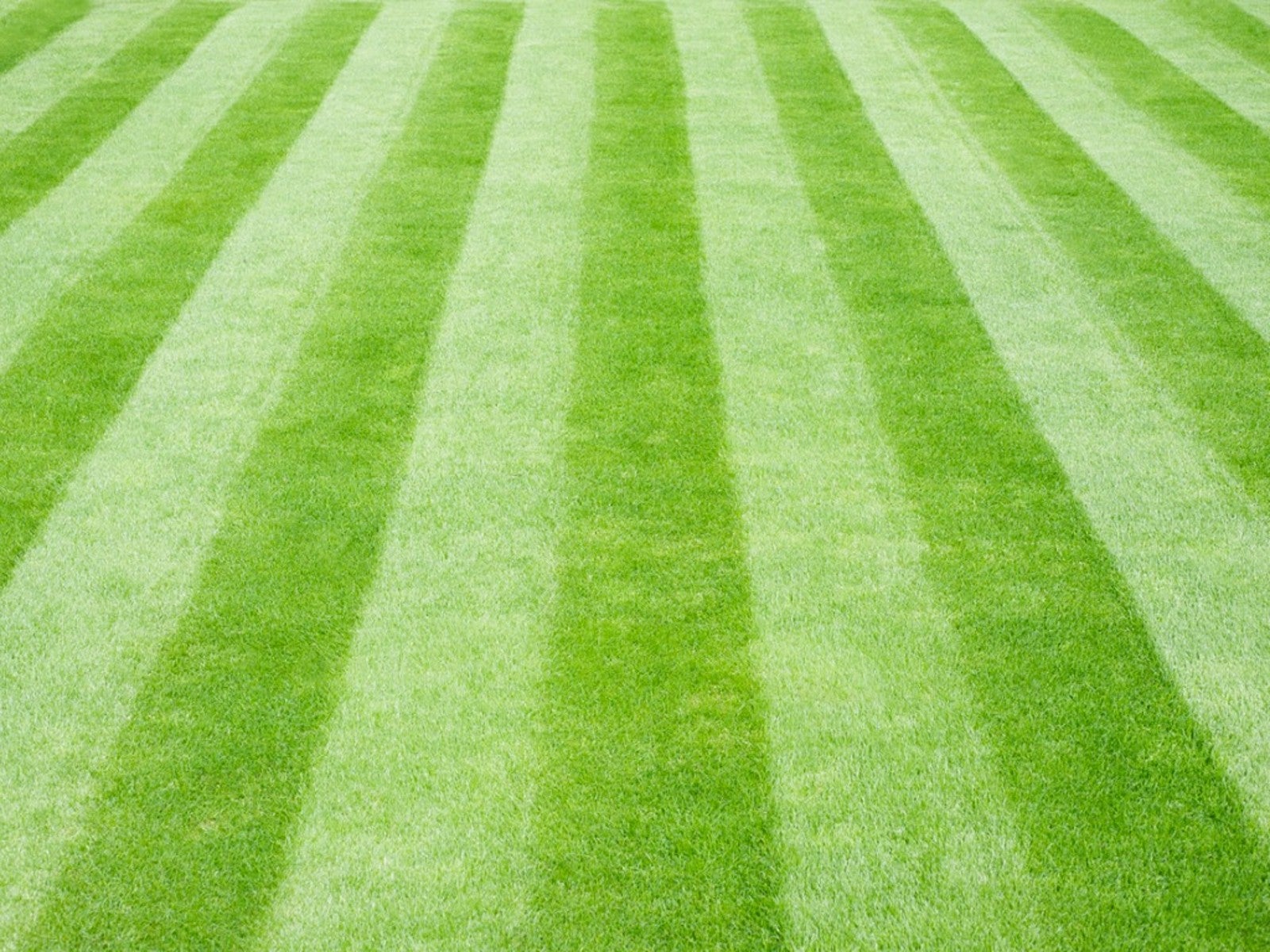What Is Turf Scalping: How To Fix A Scalped Lawn


Almost all gardeners have had an experience scalping the lawn. Lawn scalping can occur when the mower height is set too low, or when you go over a high spot in the grass. The resulting yellow brown area is almost devoid of grass. This can lead to some turf problems and is decidedly visually unappealing. It's easy to avoid or fix the issue if it occurs though.
What Causes Turf Scalping?
A scalped lawn is a detraction to an otherwise green, lush grassy area. A lawn looks scalped because it is. The grass has literally been almost entirely removed. Usually, scalping a lawn is accidental and could be due to operator error, topography differentials, or improperly maintained equipment.
Scalping a lawn is often caused when the mower blade is set too low. Ideal mowing should see you removing no more than 1/3 of the grass height each time. With lawn scalping, all of the leaf blades have been removed, exposing the roots.
Another occurrence of turf scalping might come about due to a poorly maintained mower. Dull blades or machines that have gotten out of adjustment are the main causes.
Finally, a scalped lawn my come about due to high spots in the bed. These often occur at the edges, but once you are aware of the spot, you can simply adjust the machine to mow higher in the affected location.
What Happens to Scalped Turf?
Scalping a lawn isn't a cause for panic, but it will impact the turf health. Those exposed roots dry out quickly, are more susceptible to weed seeds and disease, and cannot produce any photosynthetic energy. The latter is the most concerning, because without energy, the plant cannot produce new leaf blades to cover the area.
Some grasses, like Bermuda grass and Zoysia, have plentiful running rhizomes which can quickly re-colonize the site with little long-term damage. The cool season grasses do not tolerate scalping and it should be avoided if possible.
Gardening tips, videos, info and more delivered right to your inbox!
Sign up for the Gardening Know How newsletter today and receive a free copy of our e-book "How to Grow Delicious Tomatoes".
Fixing a Scalped Lawn
The first thing to do is wait a couple of days. Keep the area moist but not soggy and, hopefully, the roots will have enough stored energy to produce leaves. This is especially true for sod that was well cared for and had no pest or disease issues prior to the scalping.
Most warm season grasses will spring back up fairly quickly. Cool season grasses may need to be reseeded if there are no sign of leaf blades in a few days.
Get seed that is the same type as the rest of the lawn if possible. Rake the area and overseed, topping with a bit of soil. Keep it moist and you should have your lawn back in no time.
To prevent re-occurrence, fix the mower, mow more frequently and at a higher setting, and watch for high spots.

Bonnie Grant is a professional landscaper with a Certification in Urban Gardening. She has been gardening and writing for 15 years. A former professional chef, she has a passion for edible landscaping.
-
 8 Noteworthy Native Azaleas Every Gardener Should Know – And Grow!
8 Noteworthy Native Azaleas Every Gardener Should Know – And Grow!Native azaleas offer brilliant blooms in a range of colors and sizes. Here are a few favorites to get inspired and start working on a native shade garden!
-
 Growing Climbing Roses: How To Create Elegant Displays With Maximum Blooms
Growing Climbing Roses: How To Create Elegant Displays With Maximum BloomsMaster the art of growing stunning climbing roses with this essential guide to creating vibrant, fragrant walls and structures all summer long.
-
 Sustainable Turf Species For A Greener Lawn
Sustainable Turf Species For A Greener LawnClick here for some of the most sustainable types of turf grass you can grow for an eco-friendly lawn.
-
 How To Grow A Sustainable Lawn
How To Grow A Sustainable LawnAdjust your thinking about a perfect green lawn and consider more sustainable methods. Click here to learn how.
-
 Will Frost Kill Grass Seed And How To Help New Turf Survive
Will Frost Kill Grass Seed And How To Help New Turf SurviveLearn how to help your newly sown grass survive frost and freezing weather.
-
 Lawn Problems That Aren’t Really Problems
Lawn Problems That Aren’t Really ProblemsYour lawn may not require as much work as you think. Learn which common problems aren’t really problems.
-
 Why A Manual Push Mower Is Good For You And The Environment
Why A Manual Push Mower Is Good For You And The EnvironmentReel mowers are making a comeback, but why? Click here to learn about reel mower pros and cons.
-
 Fertilize Grass In Fall For A Lush Lawn In Spring
Fertilize Grass In Fall For A Lush Lawn In SpringFor everything you need to know about fertilizing your lawn in the fall, click here.
-
 Tips For Mowing Stripes In Lawn
Tips For Mowing Stripes In LawnWouldn’t it be great to have stripes in your lawn like a sports field? Learn how here.
-
 Late Summer Lawn Care Checklist
Late Summer Lawn Care ChecklistPlan to do some late summer care and maintenance of your lawn so it will be healthy and beautiful in the spring. Here are some tips.